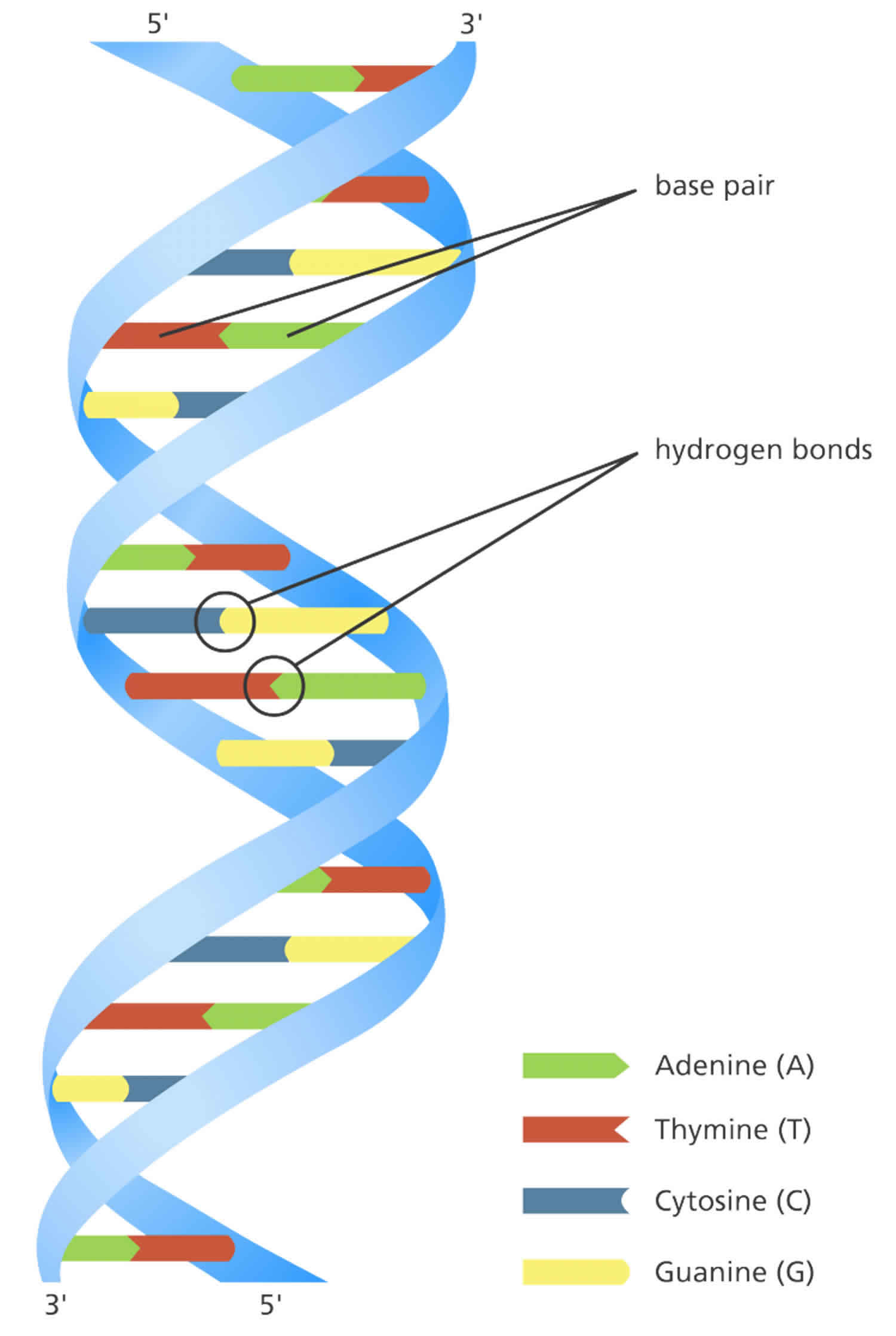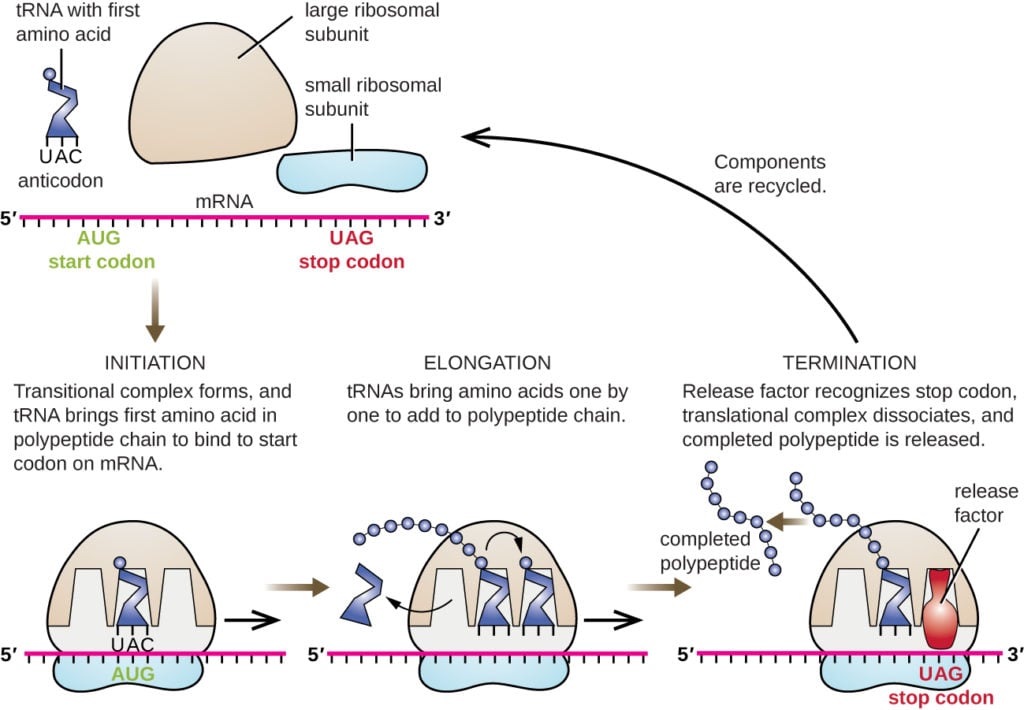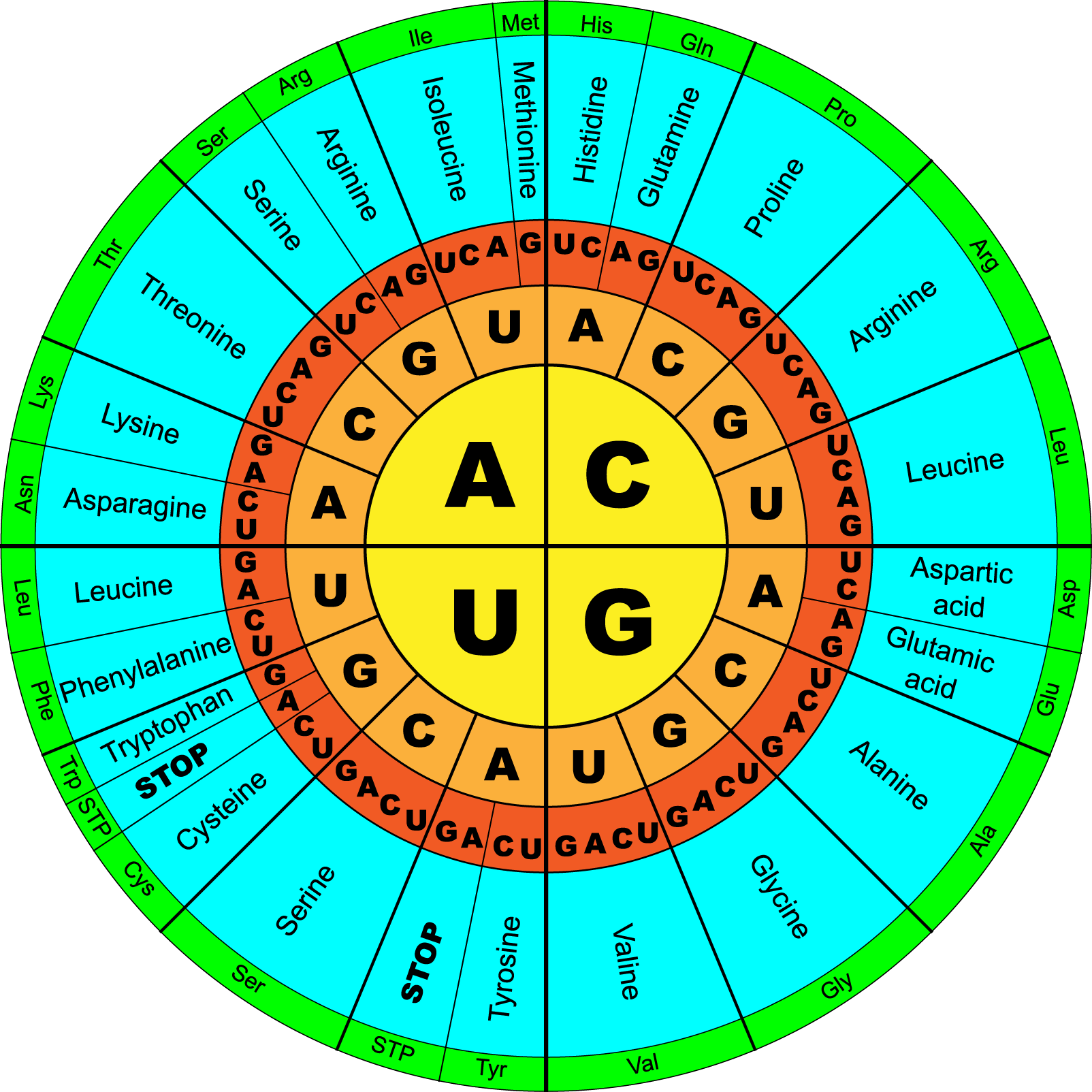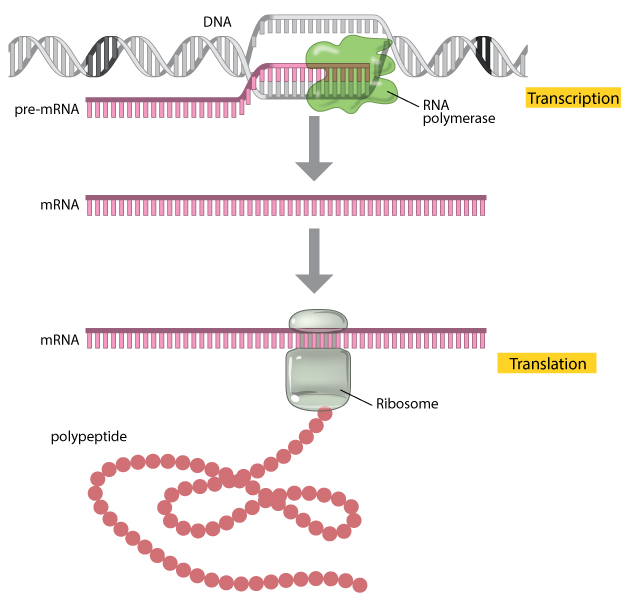DNA, TRANSCRIPTION, TRANSLATION,PROTEINS Presentation
| Introduction to DNA | ||
|---|---|---|
| DNA stands for deoxyribonucleic acid. It is a molecule that carries genetic instructions for the development, functioning, and reproduction of all known living organisms. DNA is composed of two strands twisted into a double helix structure. | ||
| 1 | ||
| Transcription Process | ||
|---|---|---|
| Transcription is the process by which DNA is converted into RNA. It takes place in the nucleus of the cell. The enzyme RNA polymerase catalyzes the formation of RNA from the DNA template. | ||
| 2 | ||
| Steps of Transcription | ||
|---|---|---|
| Initiation: RNA polymerase binds to the DNA at the promoter region. Elongation: RNA polymerase moves along the DNA template, synthesizing RNA in the 5' to 3' direction. Termination: RNA polymerase reaches a termination signal on the DNA, and the newly formed RNA molecule is released. | ||
| 3 | ||
| Translation Process | ||
|---|---|---|
| Translation is the process by which RNA is used to synthesize proteins. It takes place in the ribosomes, which are located in the cytoplasm. Transfer RNA (tRNA) molecules carry amino acids to the ribosome, where they are assembled into proteins. | ||
| 4 | ||
| Steps of Translation | ||
|---|---|---|
| Initiation: The ribosome binds to the mRNA molecule at the start codon. Elongation: tRNA molecules bring specific amino acids to the ribosome, and the amino acids are joined together to form a growing polypeptide chain. Termination: The ribosome reaches a stop codon on the mRNA, and the newly synthesized protein is released. | ||
| 5 | ||
| Genetic Code | ||
|---|---|---|
| The genetic code is a set of rules that determines how the sequence of nucleotides in DNA and RNA is translated into the sequence of amino acids in proteins. It is a triplet code, where each three-nucleotide sequence, called a codon, codes for a specific amino acid. There are 64 possible codons, including start and stop codons. | ||
| 6 | ||
| Importance of Proteins | ||
|---|---|---|
| Proteins are essential for the structure, function, and regulation of the body's tissues and organs. They play a crucial role in almost all biological processes, including cell signaling, enzyme catalysis, and immune response. Proteins are involved in determining an organism's physical traits and characteristics. | ||
| 7 | ||
| Protein Synthesis Regulation | ||
|---|---|---|
| Gene expression can be regulated at the level of transcription and translation. Transcription factors and enhancers can influence the binding of RNA polymerase to the DNA, affecting the rate of transcription. Post-translational modifications, such as phosphorylation or methylation, can regulate the activity and stability of proteins. | ||
| 8 | ||
| Mutations and Protein Function | ||
|---|---|---|
| Mutations in DNA can alter the sequence of amino acids in a protein, potentially affecting its structure and function. Some mutations can lead to genetic diseases or increase the risk of certain conditions. Mutations can also be beneficial, providing variations that contribute to evolution and adaptation. | ||
| 9 | ||
| Summary | ||
|---|---|---|
| DNA carries genetic instructions and undergoes transcription to produce RNA. RNA is then translated into proteins through the process of translation. Proteins are vital for the structure and function of cells and organisms. | ||
| 10 | ||
| References (download PPTX file for details) | ||
|---|---|---|
| Watson JD, et al. (1953). Molecular structure... Alberts B, et al. (2002). Molecular Biology o... Lodish H, et al. (2000). Molecular Cell Biolo... |  | |
| 11 | ||









